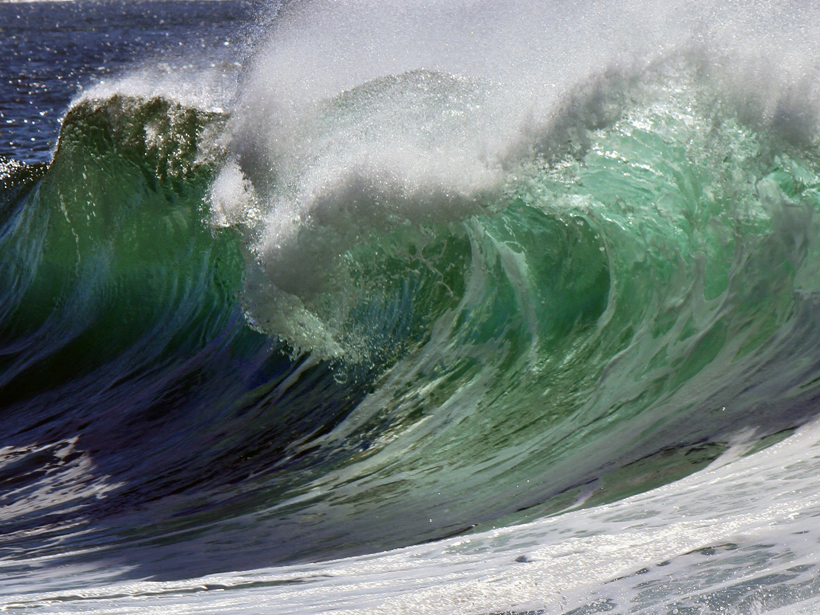The processes that formed the infant Earth set the stage for its subsequent evolution into the dynamic and habitable planet we know today.
early Earth
Posted inNews
Ancient Start of Animal Evolution Wasn't Delayed by Low Oxygen
New research finds that Earth had sufficient oxygen 1.4 billion years ago for animals to evolve. Therefore, low oxygen levels probably didn't hold back evolution, as scientists have long thought.
Posted inNews
Earth's Water Came from Space Dust During Planetary Formation
A new analysis of lava from the deep mantle indicates that water-soaked dust particles, rather than a barrage of icy comets, asteroids, or other bodies, delivered water to the newly forming Earth.
Posted inNews
Tiny Mineral Grains Could Drive Plate Tectonics
Scientists turn to granular scales to explain how plate tectonics may have evolved billions of years ago.
Posted inResearch Spotlights
Archean Rocks in the Acasta Gneiss Complex
Studying Archean-age gneissic and schistic rocks in northwestern Canada, researchers determined that the source of these rocks formed 4.3 billion years ago.





